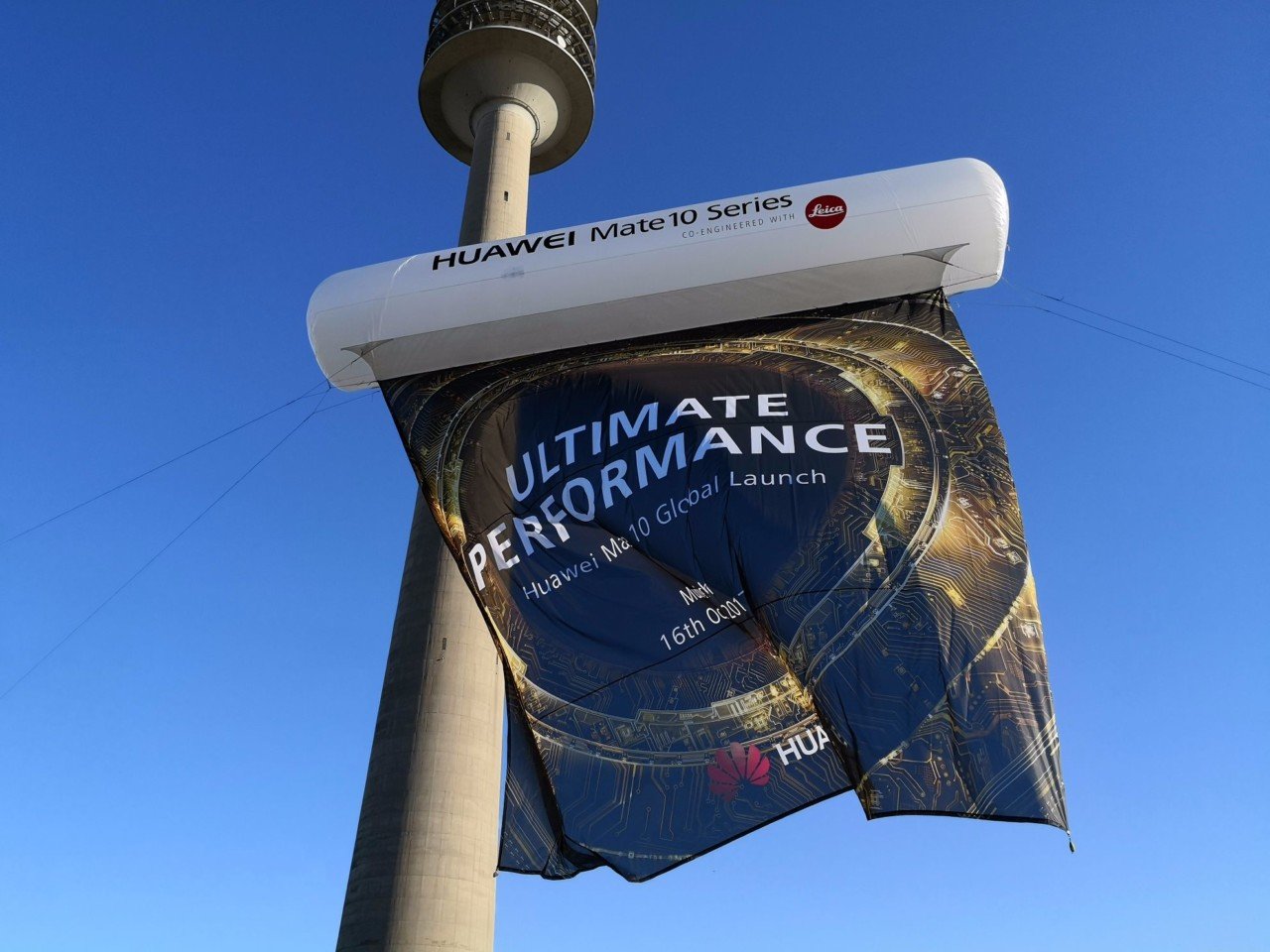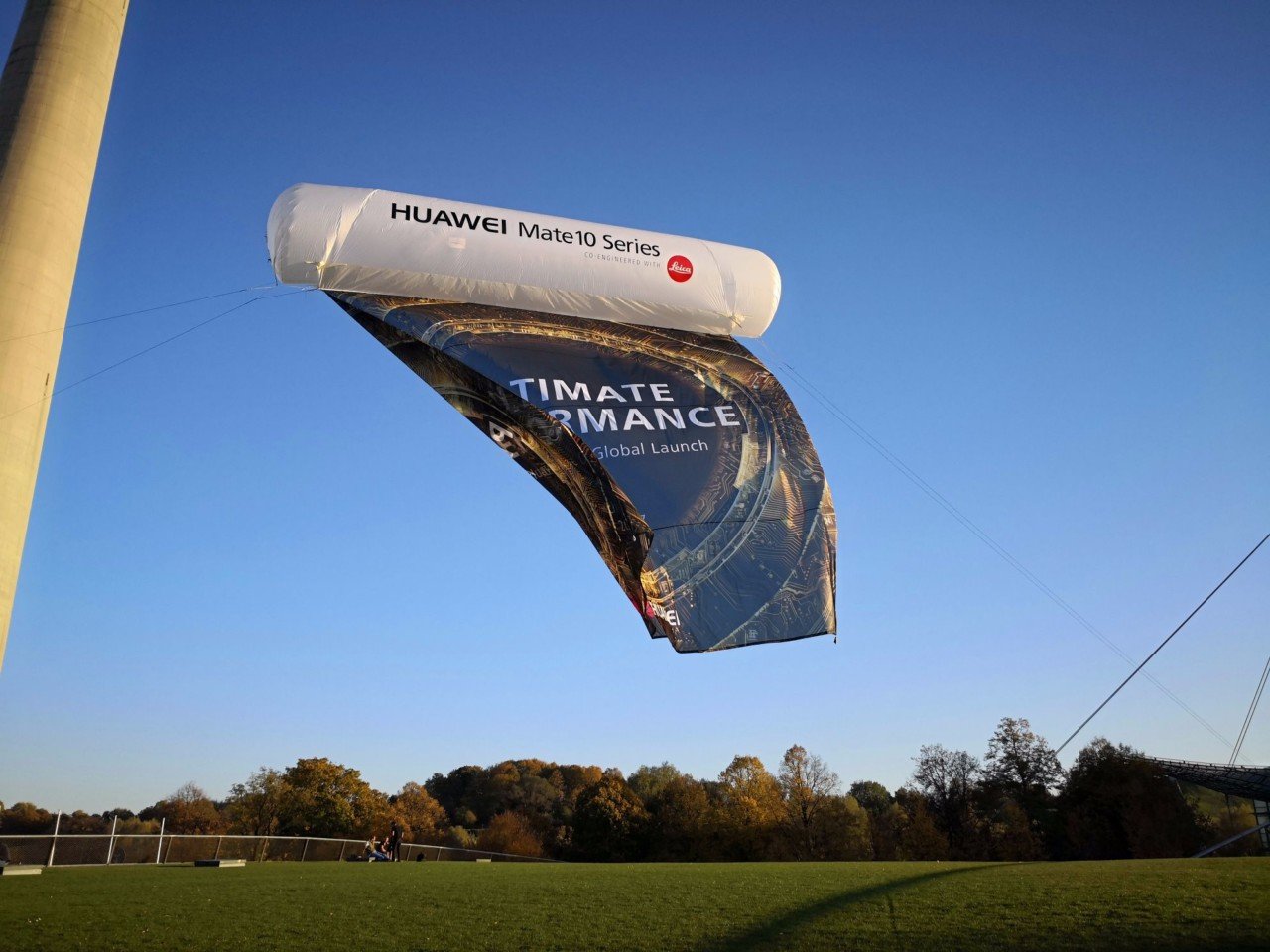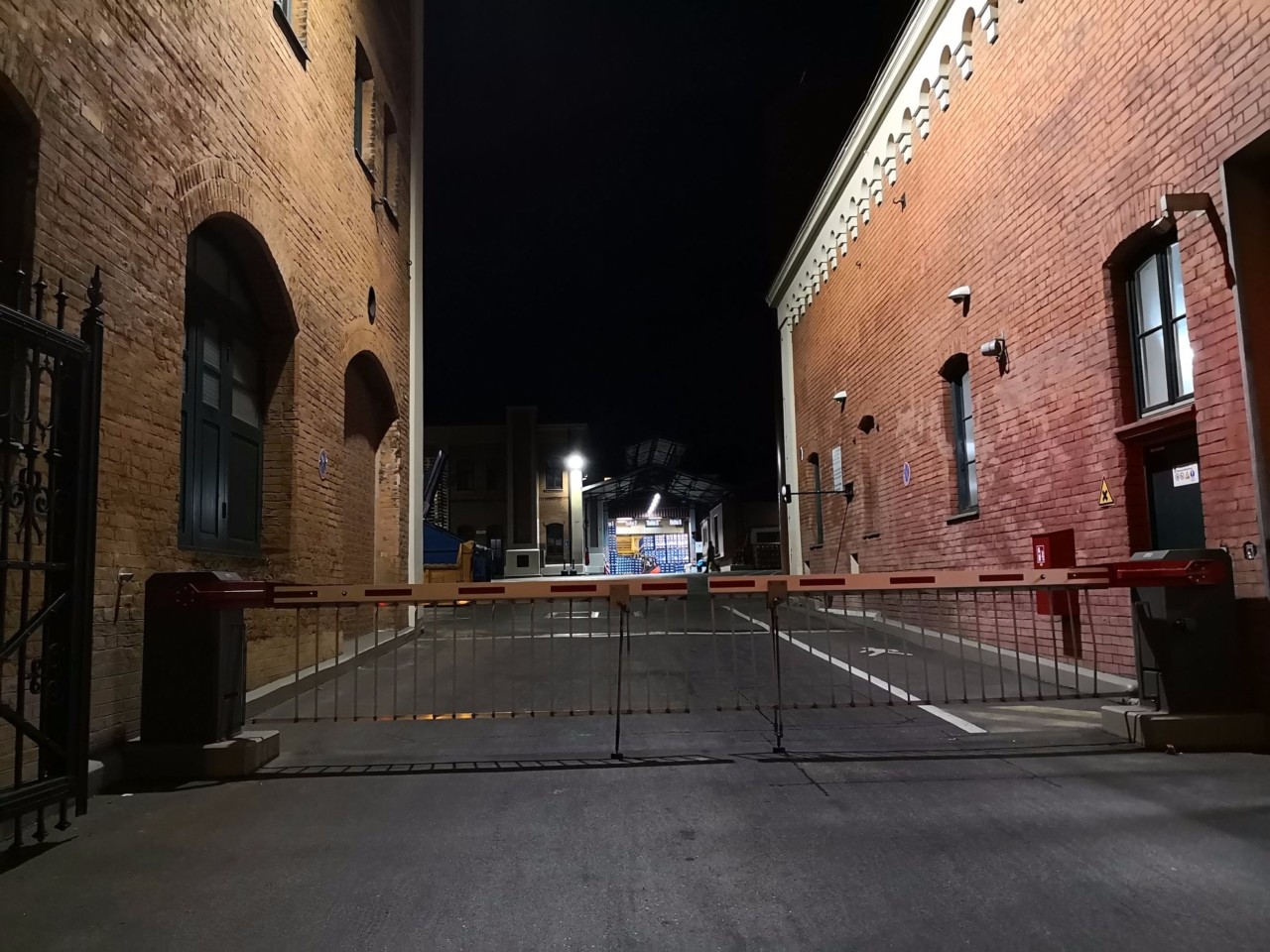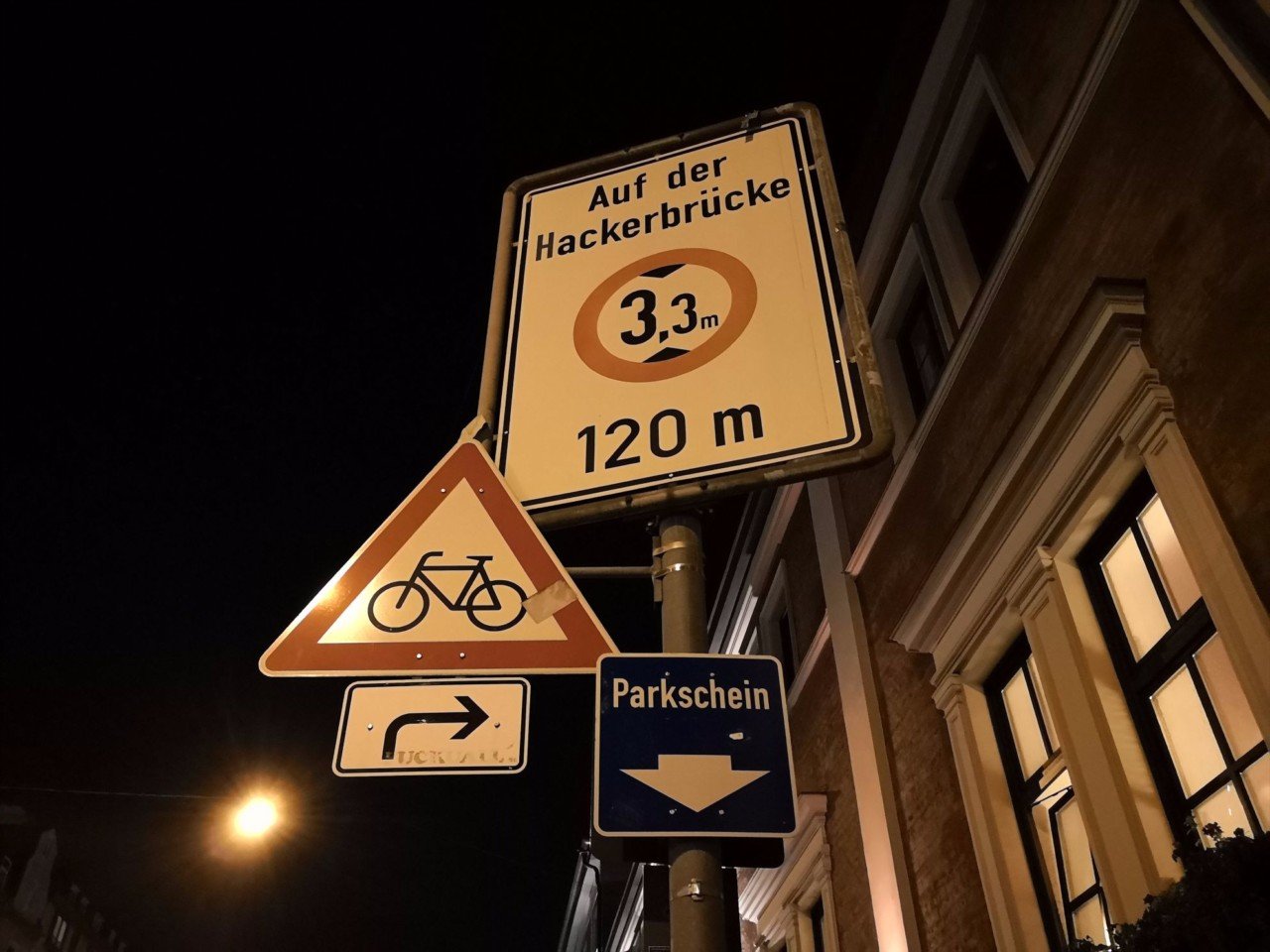The reason why I didn’t make my initial hands-on video of the new Huawei Mate series phone is that I wanted to spend just a little bit more time with the device. Obviously, I prefer the Mate 10 Pro that has a larger display and more power. Learn more in our Huawei Mate 10 Pro review after using the phone for 36 hours!
VIDEO REVIEW
DESIGN and DISPLAY
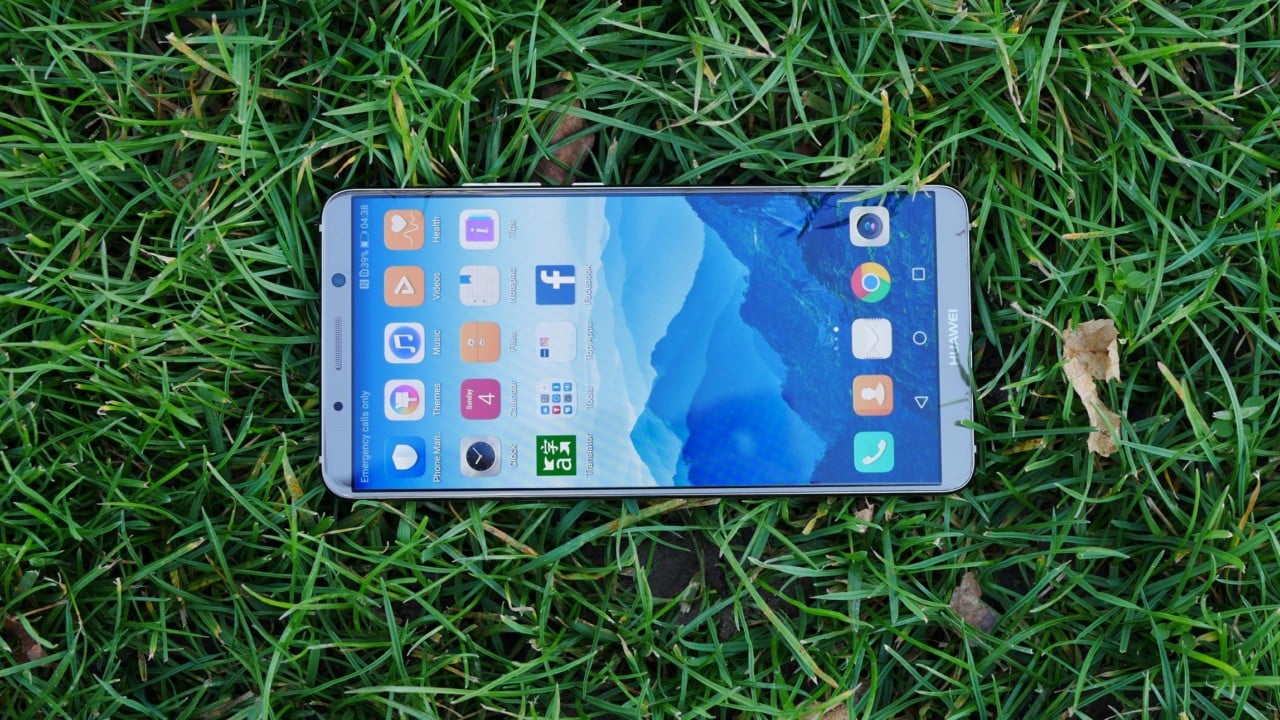
If I was just a mainstream consumer, the key selling point for me would be the design of the Mate 10 Pro. It combines metal and glass and a 6” 1080p display with very thin bezels. The panel itself is just gorgeous despite the fact that it does not have 2k resolution. The phone just looks and feels premium and it sits nicely in the hand despite its huge footprint.
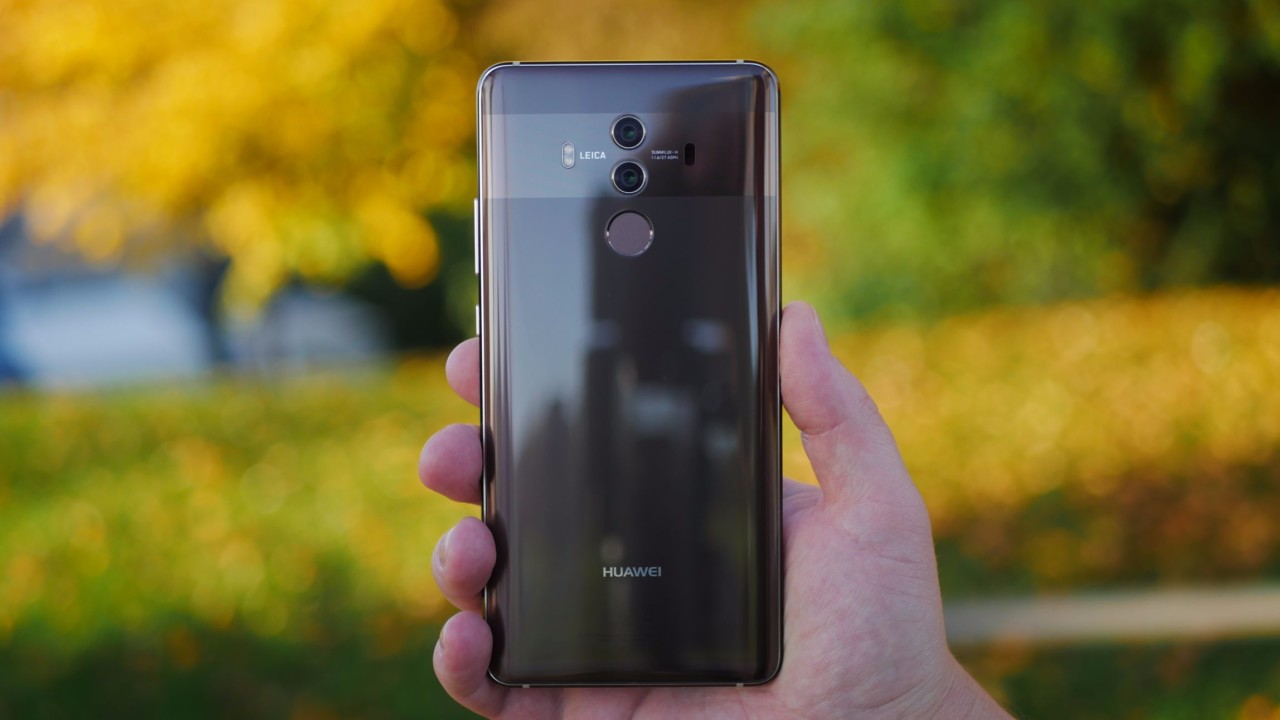
The new accent stripe looks really nice in practice. There is an upgraded camera setup too. A 12-megapixel RGB camera is paired with a 20-megapixel monochrome sensor here, and both lenses feature apertures of up to f/1.6.
CAMERAS
That camera takes really good pictures in daylight but keep in mind that the device runs on the pre-release software. In fact, I have an advanced release review unit meaning that both the device and software may differ when it is made available to consumers. There are manual, 2x optical zoom and portrait modes that take pretty good pictures but more on the image quality in the full review. The 4k video looks quite sharp and detailed.
Full resolution camera samples
FEATURES
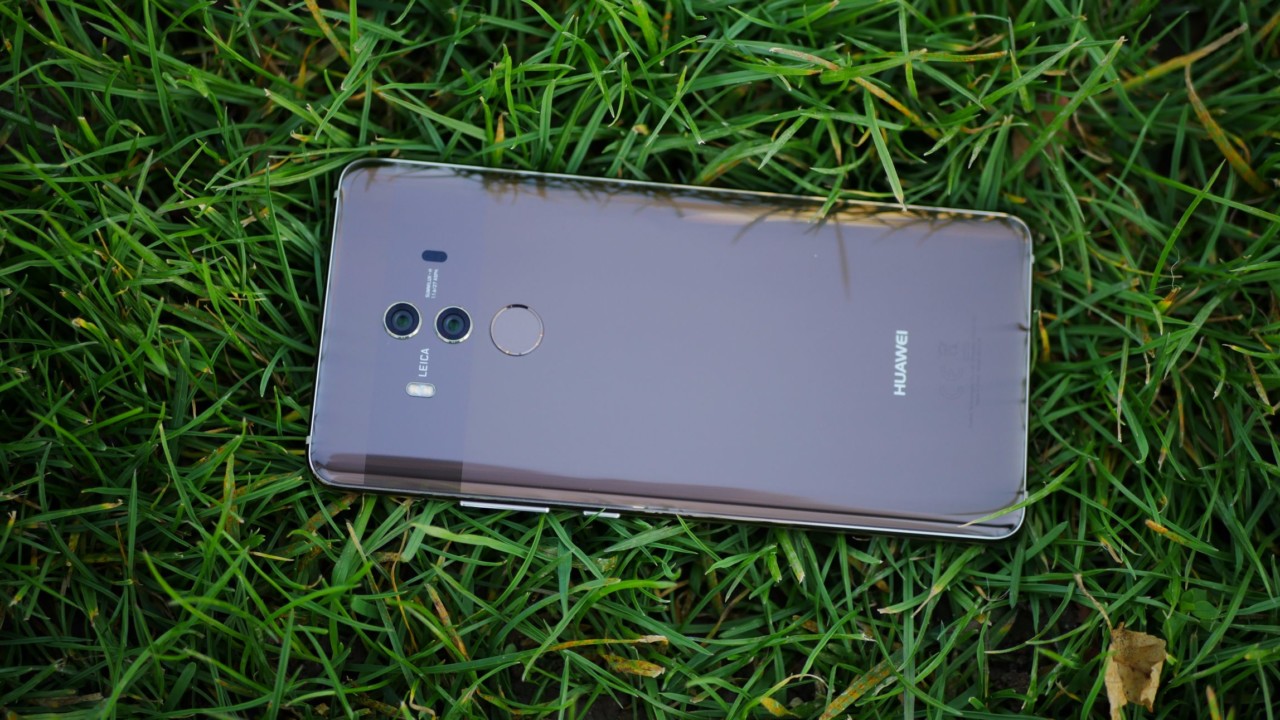
The new Mate 10 phones sport the first Huawei chipset with a neural processing unit or AI component of the processor, which learns how you use the phone and helps the DEVICE adapt to assure the best user experie3nce. For example, the AI chip detects what kind of picture you take to apply the best image settings. Also, it helps apply the right amount of blurring effect in the portrait mode.
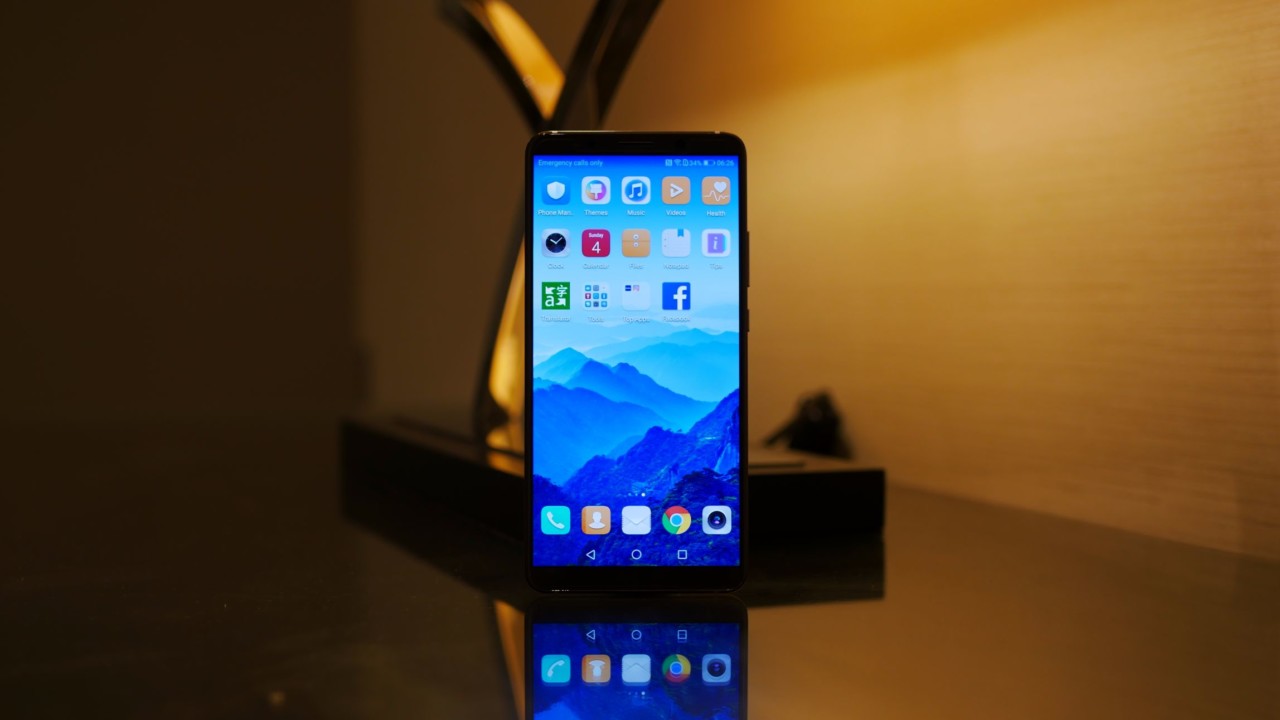
Obviously, the AI component does a lot more than helping you take better pictures. For example, it learns how you use the phone to make it faster by allocating the resources to the specific task. So far, Microsoft has updated its Translator app to make use of the AI chipset to speed up the translation process. I will cover the AI capabilities of this phone in detail in my full review.
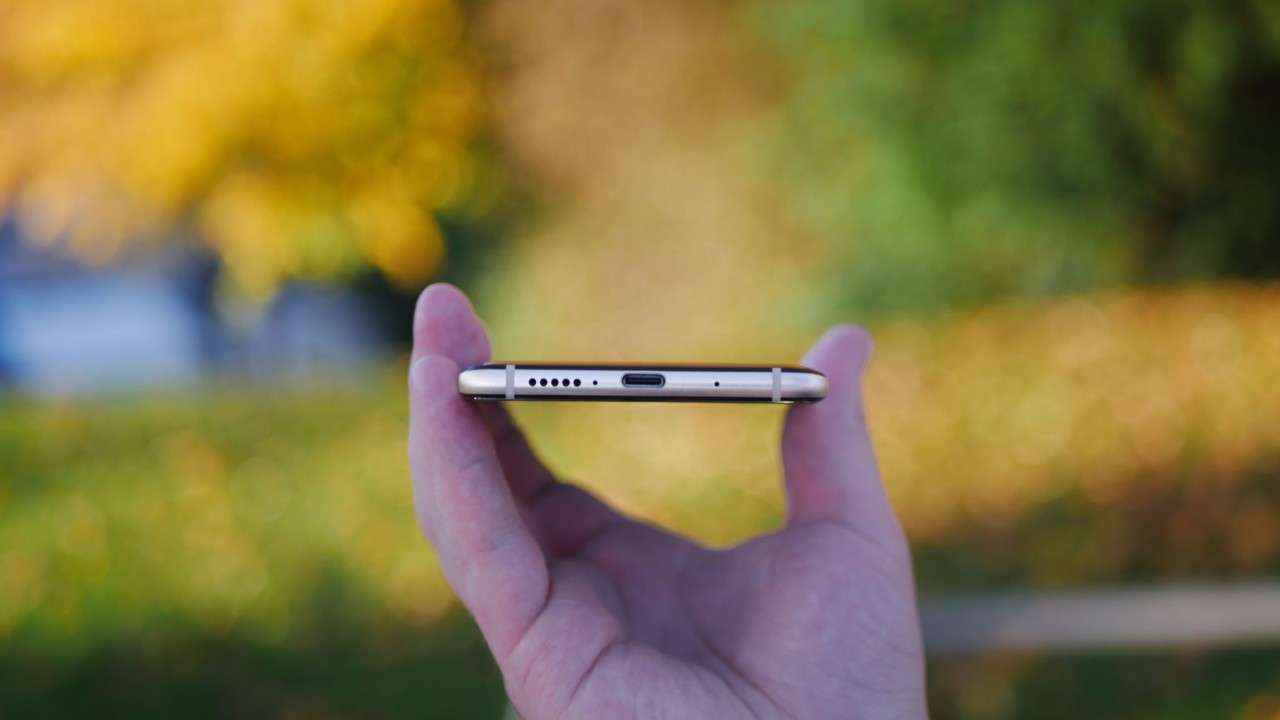
Now a few features in a nutshell: the Mate 10 Pro is water and dust resistant thanks to IP67 certification but it lacks the headset jack, so you would need to use a supplied adapter for traditional headphones.
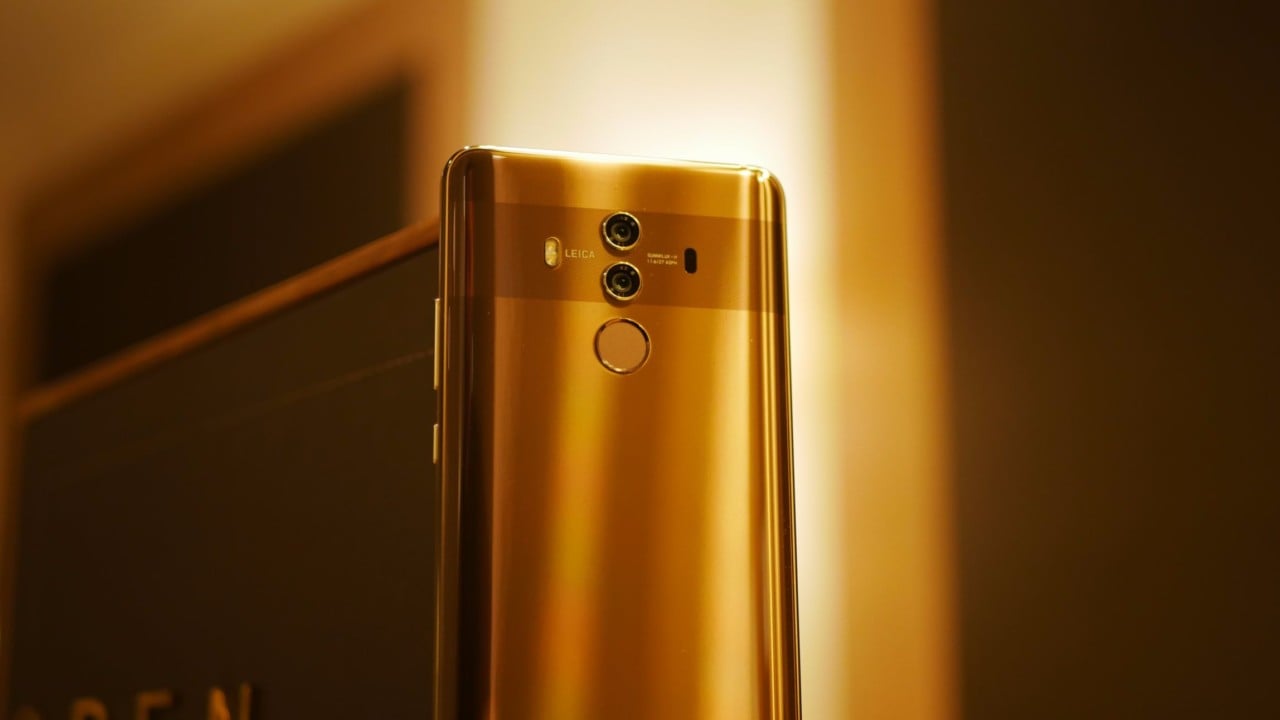
I found the fingerprint scanner to be blazing fast and accurate. A beefy 4000mAh battery will easily get you through the day or more. There is a fast charging tech on board that charges the battery up to 58% in 30 mins. However, the phone does not have wireless charging.
HARDWARE
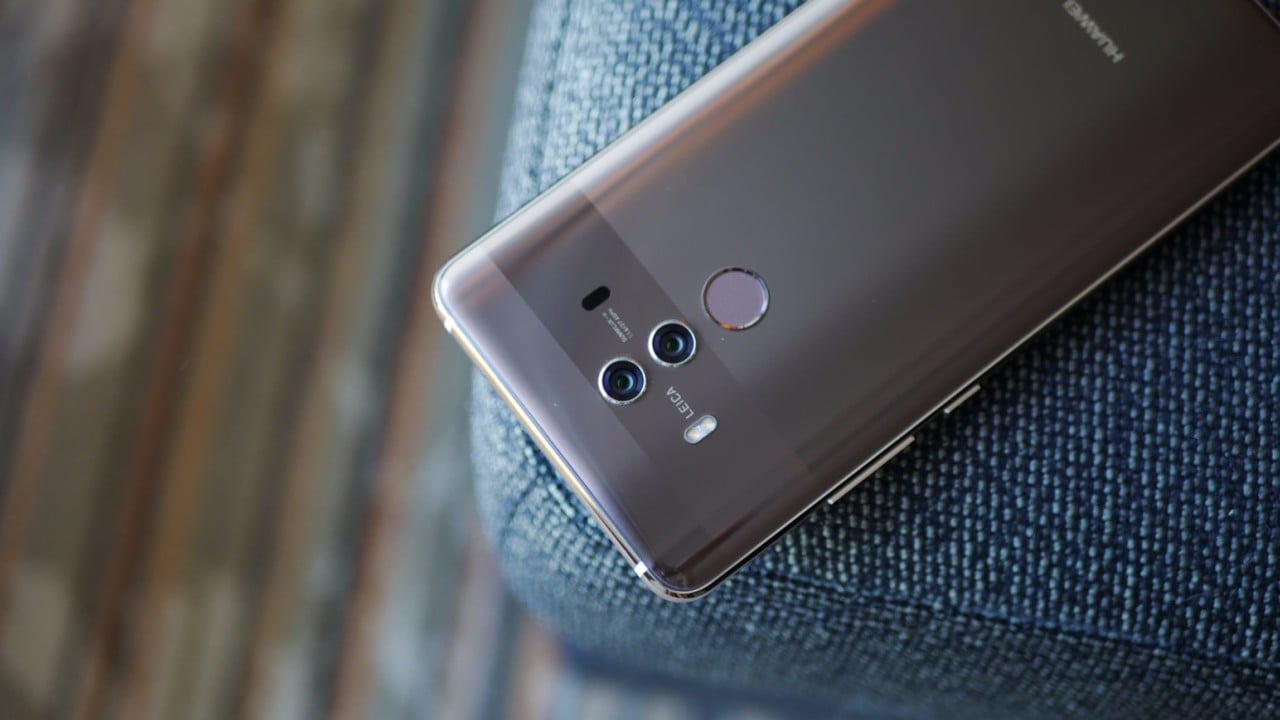
As for hardware, the Huawei Mate 10 Pro is one of the most powerful phones you can get. The phone ships with an octa-core Hisilicon Kirin 970 chipset, 6GB of RAM and 128GB of storage, which is not expandable.
The phone is really fast and responsive but obviously, I haven’t installed many apps like I always do and I have to spend a little more time with the device.
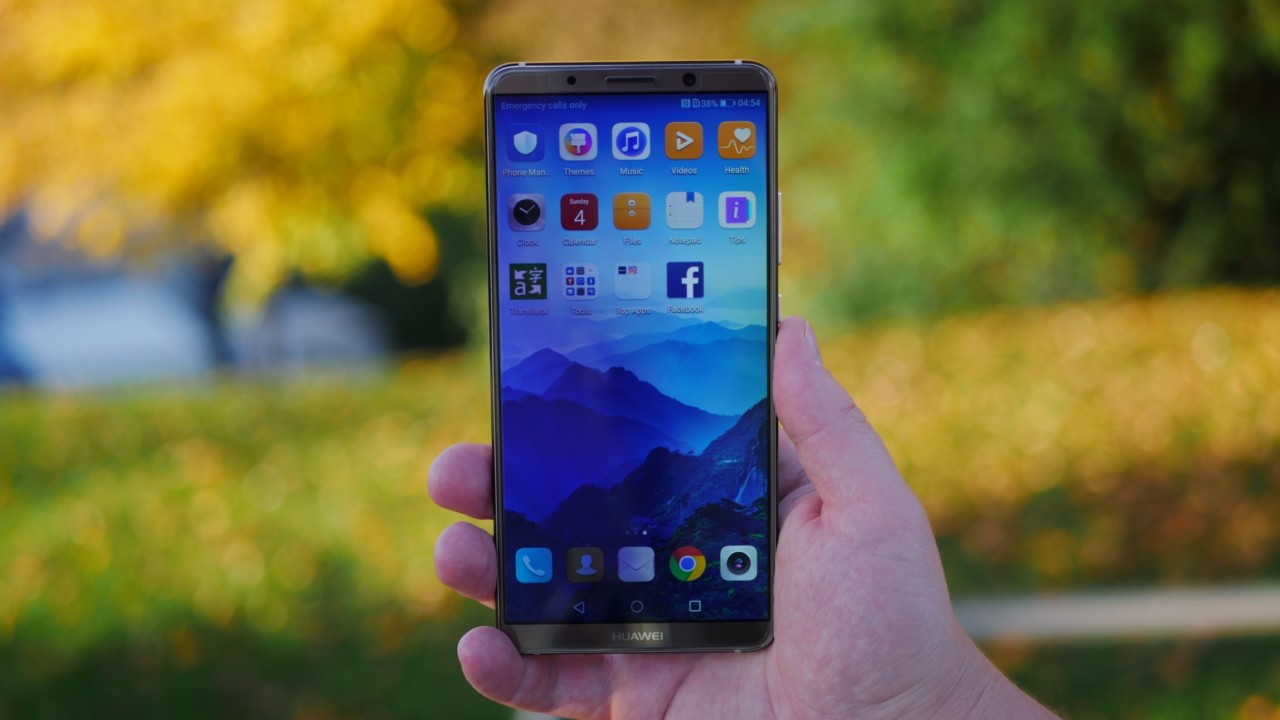
The Mate 10 Pro ships with Android 8 out of the box but it has the EMUI skin built on top of it. As usual to Huawei phones, there are plenty of features and customization options to make the phone look your own.
The Mate 10 Pro will cost €799, which puts the phone in the flagship price category. It will be released in Europe, the US and some other markets.
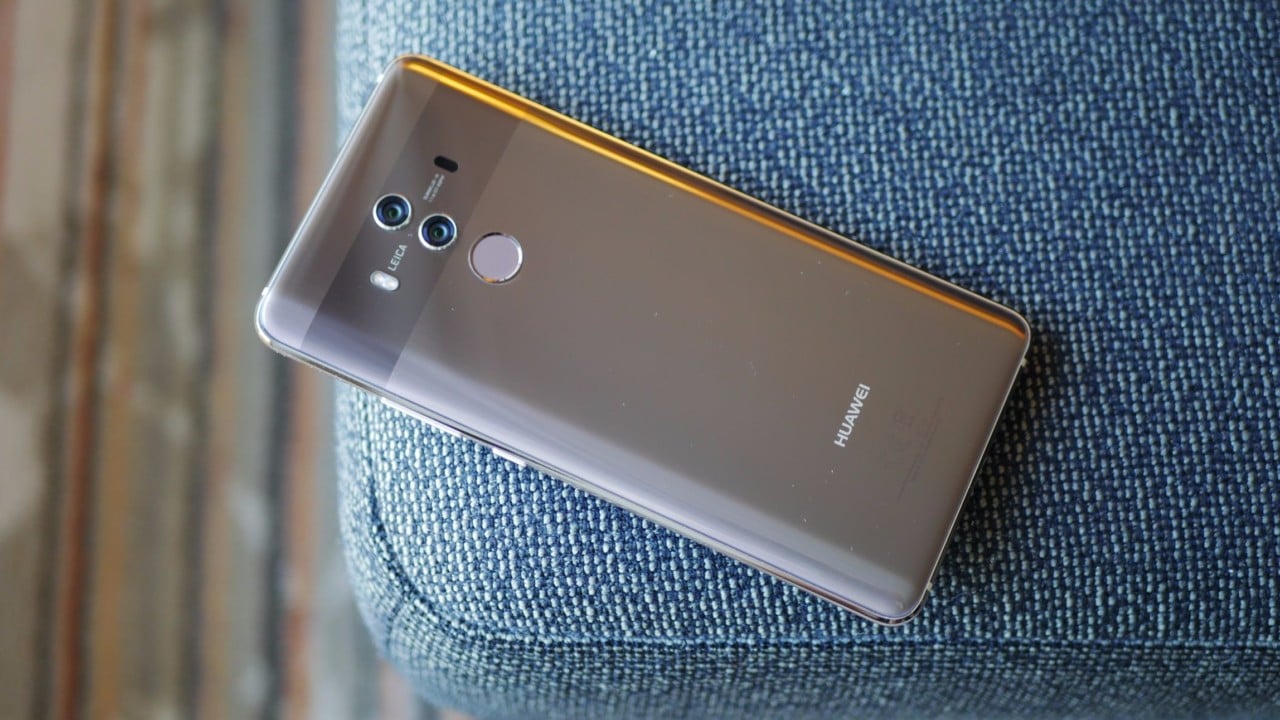
Overall, the Huawei Mate 10 Pro shapes up to be quite an impressive all-around device. It packs great hardware including a dedicated AI chip, a compelling dual-camera setup and much more that I will cover in our full review.


